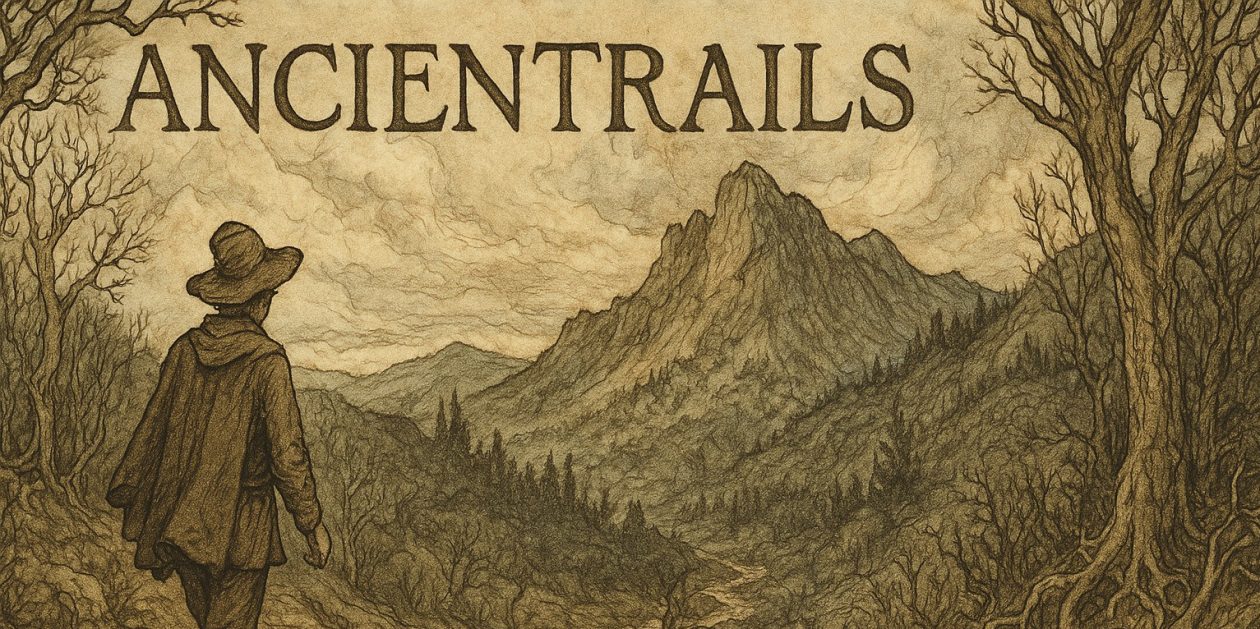Spring Waxing Moon of the Southern Cross
Chan Chan, several palaces of the Chimu rulers (750-1470 C.E.), spreads itself out over several square kilometers of dusky desert. The bulk of its buildings still covered with lumpy clay mounds, only one, Nik An, has been fully excavated, conserved and restored.
We saw it today, fittingly for a desert palace, under a direct equatorial sun (we’re still only 8 degrees S) that rendered its seven meters high and three meters thick outer walls dun barriers radiating heat. Each king built a new palace (like Angkor in Cambodia) and if the others are like this one they were stunners.
The décor featured waves, pelicans, squirrels (or sea otters), waves cresting, the full moon, fish and a diamond shaped pattern meant to evoke fishing net. There many, many rooms, some for residence, some for cult activities, some, the largest, for ceremonies at the death of a king. At the southernmost gate lay the dark and deep tomb of the former ruler of this palace.
When the Chimu king died, so did his concubines and officials and they had ancillary graves off to the side of his. The Spanish robbed these tombs of gold and bones so the king’s tomb is empty, a few bones are left in the ancillary graves.
After Chan Chan, we went to the beach, a nice resort area with summer homes, restaurants along an ocean road, boys collecting seaweed for ceviche and reed boats. Many, many reed boats.
This ancient craft continues to be made today by Peruvians interested in the craft and in the tourist appeal. A row of thirty reed boats stood, stumpy ends down and graceful curved bows up, along the wall separating the sidewalk from the beach.
Along the way children sold miniatures for the $1 price point so beloved in Ecuador. I bought one.
At yet another stop on what became a long tour (the bus had no air conditioning and we had all over dressed due to a cool forecast) I found a reproduction of a Moche ceramic. “$10. Cheap.” And it really was.
